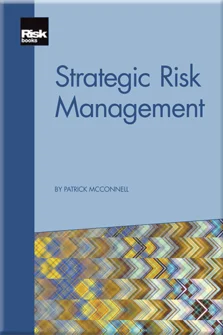Acquisition Strategies
Acquisition Strategies
Introduction
What is Strategy?
What is Strategic Risk?
Strategic Governance Risk
Different Strategies, Different Risks
Strategic Risk Assessment
Organic Growth Strategies
Acquisition Strategies
Productivity Strategies
Innovation Strategies
Restructuring Strategies
Evolution of Strategic Risks – A Case Study
Summary of Strategic Risks from Case Studies
Strategic Risk-Management Framework
Managing Strategic Positioning Risks
Managing Strategic Execution Risks
Summary
This chapter describes a number of cases, such as Royal Bank of Scotland and the Co-operative Bank, in which boards of directors and management had adopted growth-by-acquisition strategies but failed to manage the risks inherent in those strategies. Growth strategies, especially those that involve acquiring other institutions, are notoriously difficult to execute and can lead to considerable damage to shareholders, if the strategy were to fail. The chapter completes by briefly discussing growth by joint development using a recent example to illustrate strategic risks.
Chapter 4 described four main types of strategy, which are used to “actively” position a firm within the context of a generic strategy (Porter 1980), one of which was a so-called growth strategy. Such a strategy aims to position a firm to grow assets, revenues and income through three main “methods” (Johnson and Scholes 2002):
-
- organically: using the firm’s own resources, as described in Chapter 6;
- acquisition: by acquiring or merging with firms that will provide additional capacity in existing or new markets, here illustrated by two case studies – the Royal Bank of Scotland (RBS) and the Co-operative
Copyright Infopro Digital Limited. All rights reserved.
As outlined in our terms and conditions, https://www.infopro-digital.com/terms-and-conditions/subscriptions/ (point 2.4), printing is limited to a single copy.
If you would like to purchase additional rights please email info@risk.net
Copyright Infopro Digital Limited. All rights reserved.
You may share this content using our article tools. As outlined in our terms and conditions, https://www.infopro-digital.com/terms-and-conditions/subscriptions/ (clause 2.4), an Authorised User may only make one copy of the materials for their own personal use. You must also comply with the restrictions in clause 2.5.
If you would like to purchase additional rights please email info@risk.net











